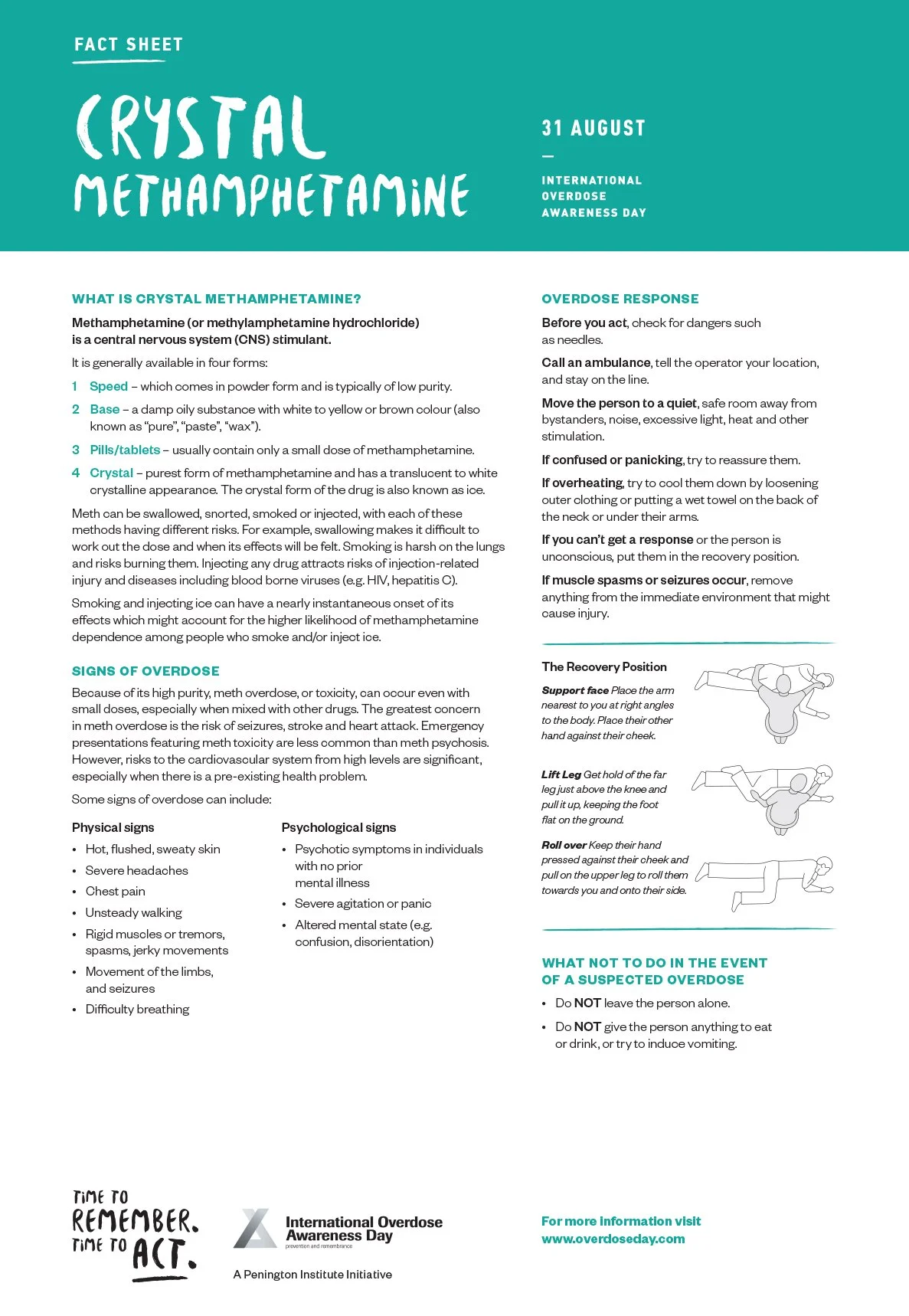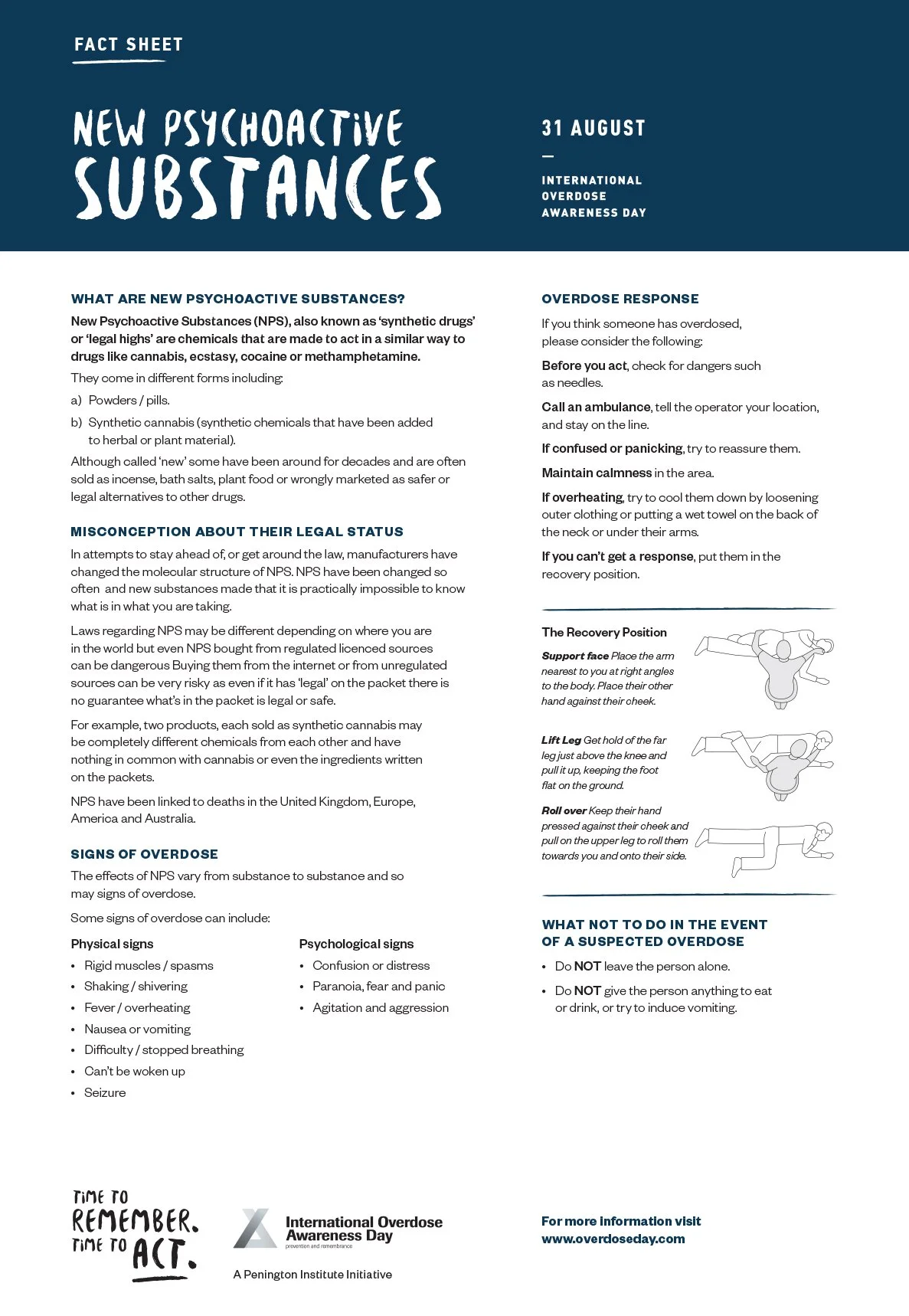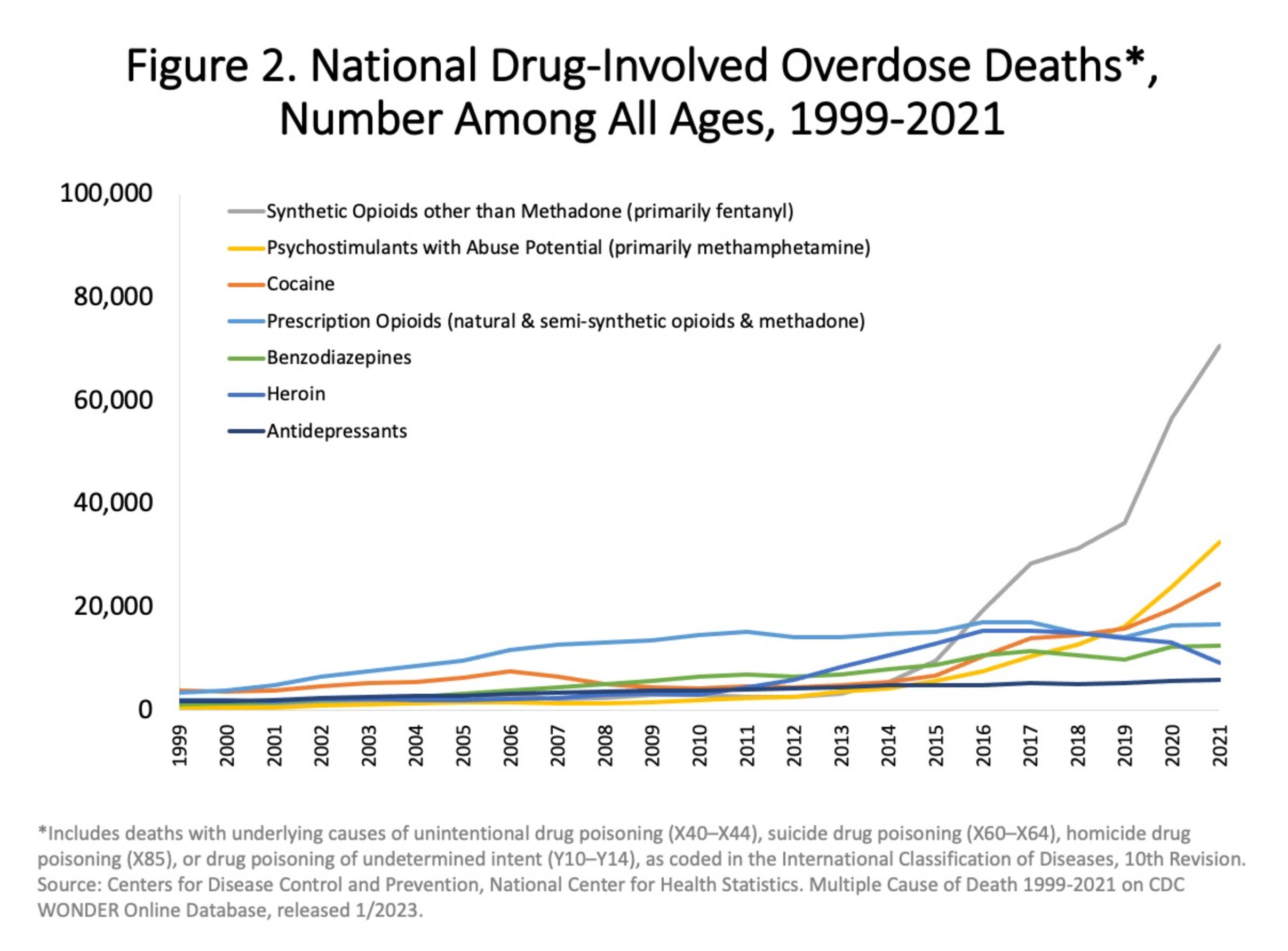An overdose (OD) occurs when someone takes too much of a toxic substance or combination of substances, and the body is overwhelmed. It’s important to remember that an overdose can happen from both prescription and non-prescription drugs and can be unintentional (also known as accidental), intentional, or undetermined. Overdoses can be fatal and non-fatal. The signs and symptoms of an overdose differ depending on the substance(s) ingested into the body.
The fact sheets below, created by the Penington Institute, provide information about how to respond to an overdose by drug type. Please feel free to download and share these documents.
Overdose Education
According to the CDC, overdose is the leading cause of death for people ages 18-45 in America. (1)
Source: National Institutes of Health, Drug Overdose Death Rates, https://nida.nih.gov/research-topics/trends-statistics/overdose-death-rates#:~:text=More%20than%20106%2C000%20persons%20in,drugs%20from%201999%20to%202021.
More than 106,000 persons in the U.S. died from drug-involved overdose in 2021, including illicit drugs and prescription opioids. (2)
(1) Centers for Disease Control and Prevention, National Center for Health Statistics. National Vital Statistics System, Provisional Drug Overdose Death Counts. Ahmad FB, Cisewski JA, Rossen LM, Sutton P. Provisional drug overdose death counts. National Center for Health Statistics. 2022.
(2) National Institute of Health, https://nida.nih.gov/research-topics/trends-statistics/overdose-death-rates#:~:text=More%20than%20106%2C000%20persons%20in,drugs%20from%201999%20to%202021.








